Select an Orthopaedic Specialty and Learn More
Use our specialty filter and search function to find information about specific orthopaedic conditions, treatments, anatomy, and more, quickly and easily.
GET THE HURT! APP FOR FREE INJURY ADVICE IN MINUTES
Shoreline Orthopaedics and the HURT! app have partnered to give you virtual access to a network of orthopaedic specialists, ready to offer guidance for injuries and ongoing bone or joint problems, 24/7/365.
Browse Specialties
-
- Joint Disorders
- Ligament Disorders
- Muscle Disorders
- Shoulder
Chronic Shoulder Instability
Chronic shoulder instability is the persistent inability of these tissues to keep the arm centered in the shoulder socket, so the shoulder is loose and slips out of place repeatedly. Once a shoulder has dislocated, or the shoulder’s ligaments, tendons and muscles become loose or torn, that shoulder is vulnerable to repeated dislocations.
More Info -
- Diagnostics & Durable Medical Equipment (DME)
Digital X-Ray, On Site
Computed radiography, or digital X-ray, is an advanced technology that streamlines the X-ray process and enables Shoreline Orthopaedics to provide each patient with superior, prompt treatment based on the most accurate, efficient diagnosis.
More Info -
- Fractures, Sprains & Strains
- Sports Medicine
Fractures
A fracture is a broken bone. Although bones are rigid, they do bend with limited flexibility when outside force is applied. When that force is too great, the bone will fracture. Common causes of fractures include: trauma, such as auto or sports-related accidents; osteoporosis, which can weaken the bone; or overuse caused by repetitive motion that can tire muscles and place excess force on the bone, resulting in stress fractures like those most often seen in athletes.
More Info -
- Hand & Wrist
- Joint Disorders
Ganglion Cyst
A ganglion cyst is a fluid-filled mass or lump. Although they can develop in various locations, the most common location is on the back of the wrist. Ganglion cysts are not cancerous. In most cases, ganglion cysts are harmless and do not require treatment. If, however, the cyst becomes painful, interferes with function, or has an unacceptable appearance, several treatment options are available.
More Info -
- Fractures, Sprains & Strains
- Hand & Wrist
Hand Fracture
A fracture of the hand can occur in either the small bones of the fingers (phalanges) or in the long bones (metacarpals). Symptoms of a broken bone in the hand include: pain; swelling; tenderness; an appearance of deformity; inability to move a finger; shortened finger; a finger crossing over its neighbor when you make a fist; or a depressed knuckle, which is often seen in a “boxer’s fracture.”
More Info -
- Joint Disorders
- Knee
- Pediatric Injuries
- Sports Medicine
Jumper’s Knee
Repetitive contraction of the quadriceps muscles in the thigh can stress the patellar tendon where it attaches to the kneecap, causing inflammation and tissue damage (patellar tendinitis). For a child, this repetitive stress on the tendon can irritate and injure the growth plate, resulting in a condition referred to as Sinding-Larsen-Johansson disease.
More Info -
- Arthritis
- Joint Disorders
- Knee
Knee Osteotomy
Osteotomy literally means “cutting of the bone.” When early-stage osteoarthritis has damaged just one side of the knee joint, or when malalignment of the knee causes increased stress to ligaments or cartilage, a knee osteotomy may be performed to reshape either the tibia (shinbone) or femur (thighbone) to relieve pressure on the joint.
More Info -
- Neck and Back (Spine)
- Pediatric Injuries
- Physical Medicine & Rehabilitation (PM&R)
Kyphosis (Roundback) of the Spine
The term kyphosis is used to describe the spinal curve that results in an abnormally rounded back. Although some degree of rounded curvature of the spine is normal, a kyphotic curve that is more than 50° is considered abnormal. There are several types and causes of kyphosis: postural kyphosis, Scheuermann’s kyphosis, and congenital kyphosis.
More Info -
- Arthritis
- Physical Medicine & Rehabilitation (PM&R)
- Shoulder
Shoulder Arthritis
Over time, the shoulder joint frequently becomes arthritic, with bone spur formation and loss of cartilage between the bones. This can cause pain in the top of the shoulder with overhead movement or reaching across the body. It can also cause tenderness or pain with pressure, such as from a back pack or bra strap.
More Info -
- Hip
- Joint Disorders
- Joint Replacement & Revision
Total Hip Replacement (Hip Arthroplasty)
In a total hip replacement, or total hip arthroplasty, the damaged bone and cartilage is removed and replaced with prosthetic components. Many different types of designs and materials are currently used in artificial hip joints. Your surgeon will recommend the most appropriate implants and surgical approach for your needs.
More Info -
- Diagnostics & Durable Medical Equipment (DME)
Traditional X-RAY, CT Scan, MRI
Diagnostic imaging techniques are often used to provide a clear view of bones, organs, muscles, tendons, nerves and cartilage inside the body, enabling physicians to make an accurate diagnosis and determine the best options for treatment. The most common of these include: traditional and digital X-rays, computed tomography (CT) scans, and magnetic resonance imaging (MRI).
More Info -
- Joint Disorders
- Knee
Unstable Kneecap (Patella Instability) Procedures
In a normal knee, the kneecap fits nicely in the femoral groove, allowing you to walk, run, sit, stand, and move easily. But if the groove is uneven or too shallow, the kneecap can slide off, resulting in a partial or complete dislocation. A sharp blow to the kneecap, as in a fall, can also pop the kneecap out of place. When this happens, the MPFL is usually torn and this makes it more likely for it to happen again.
More Info

